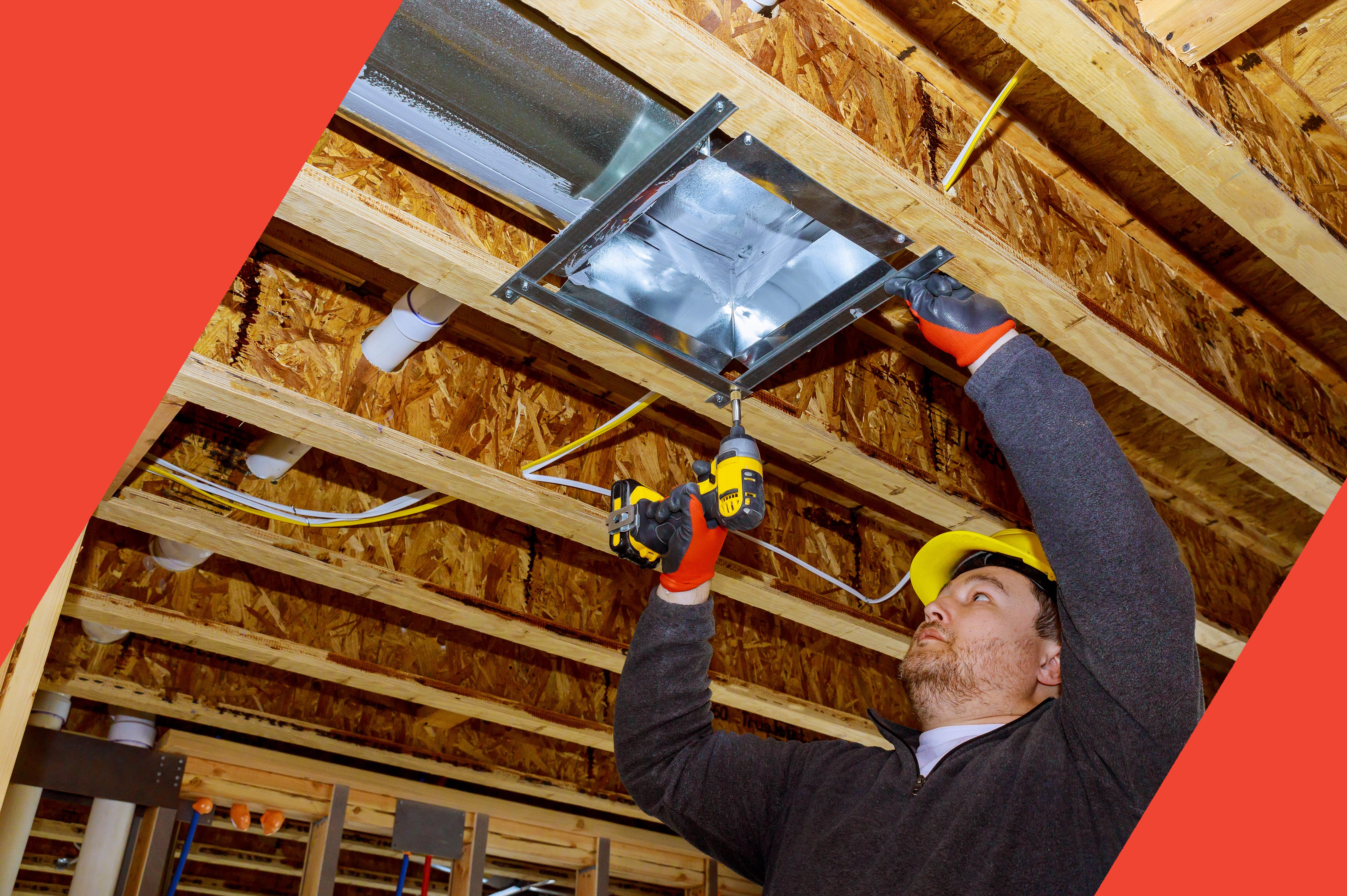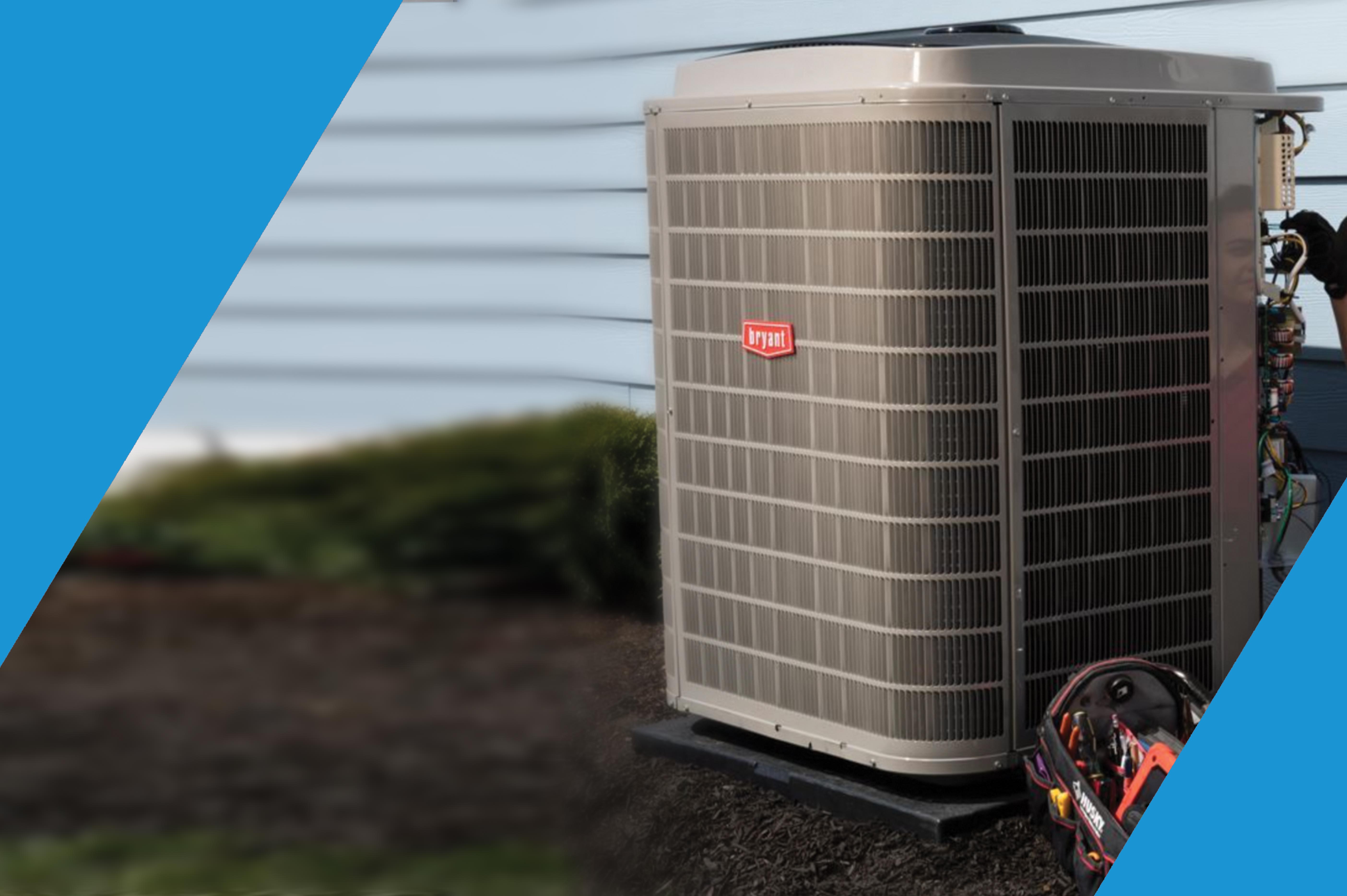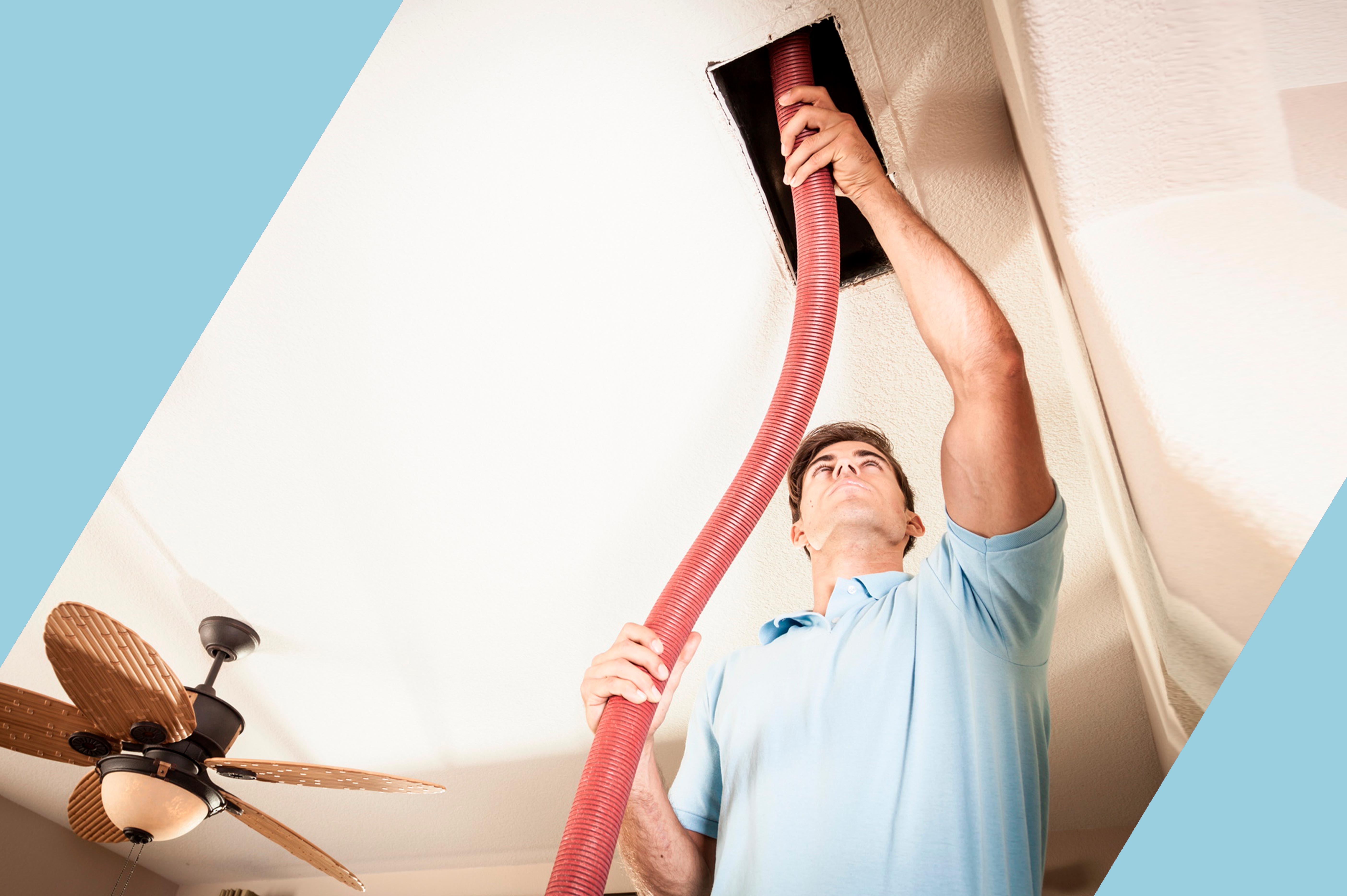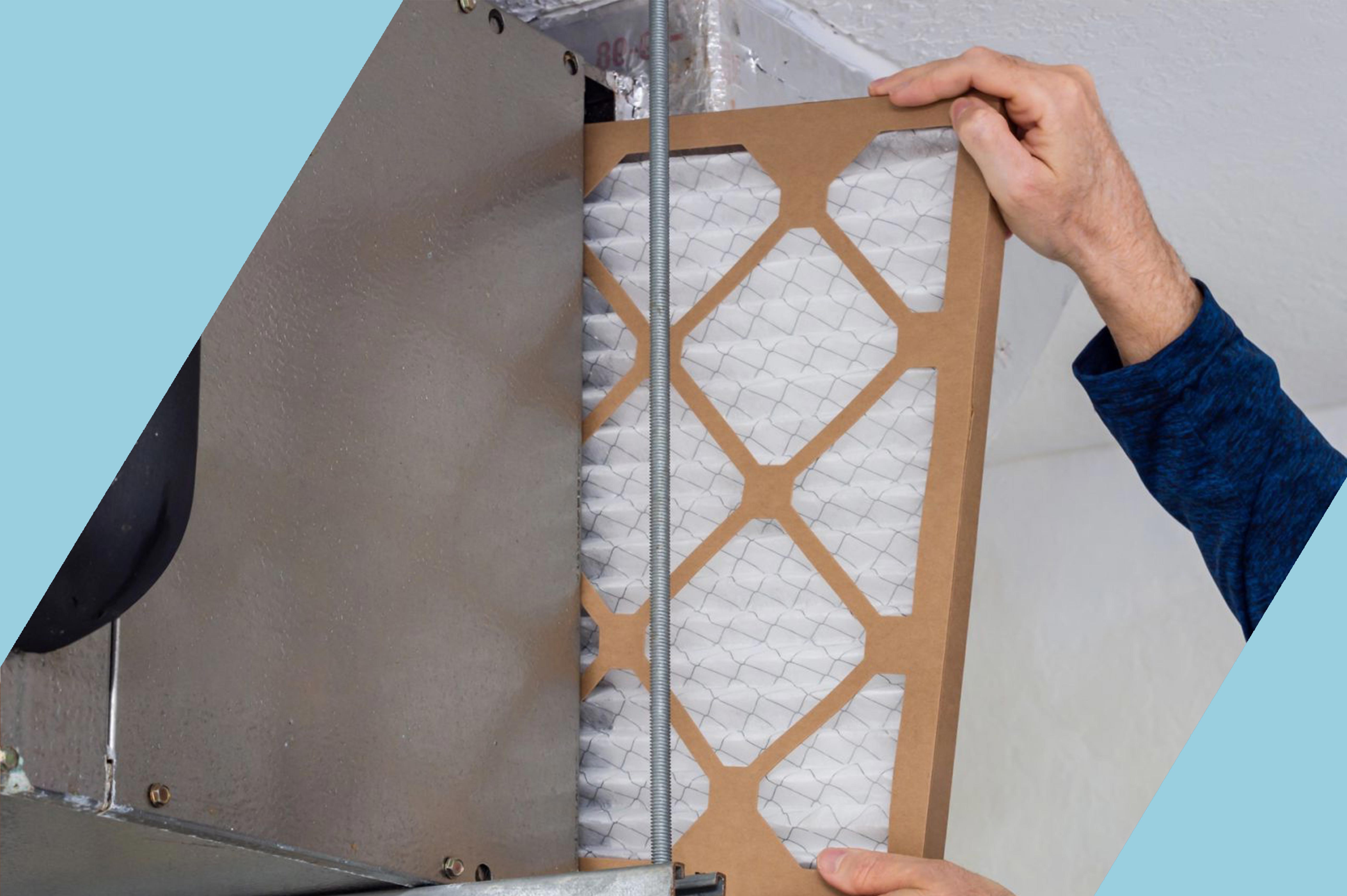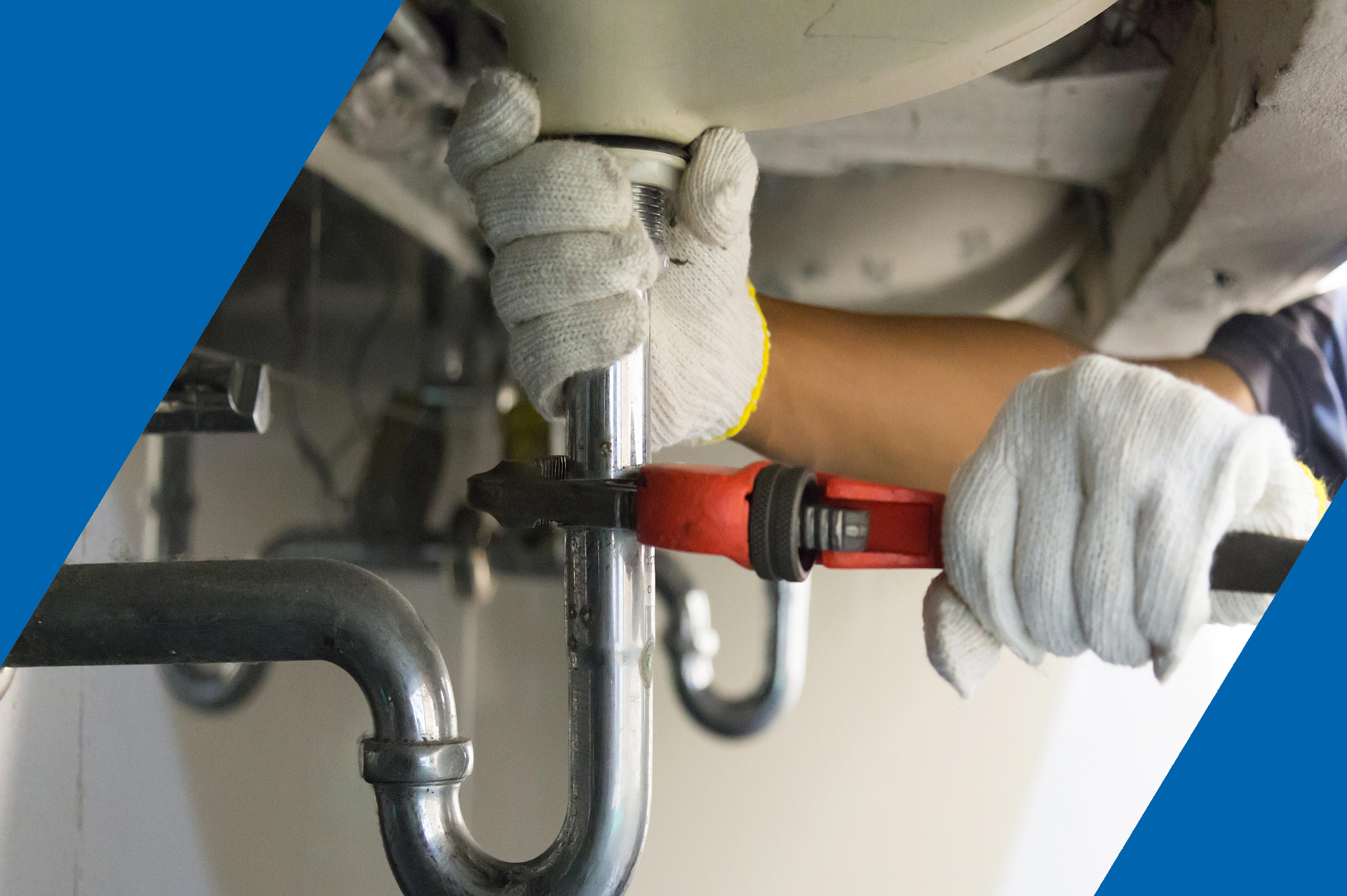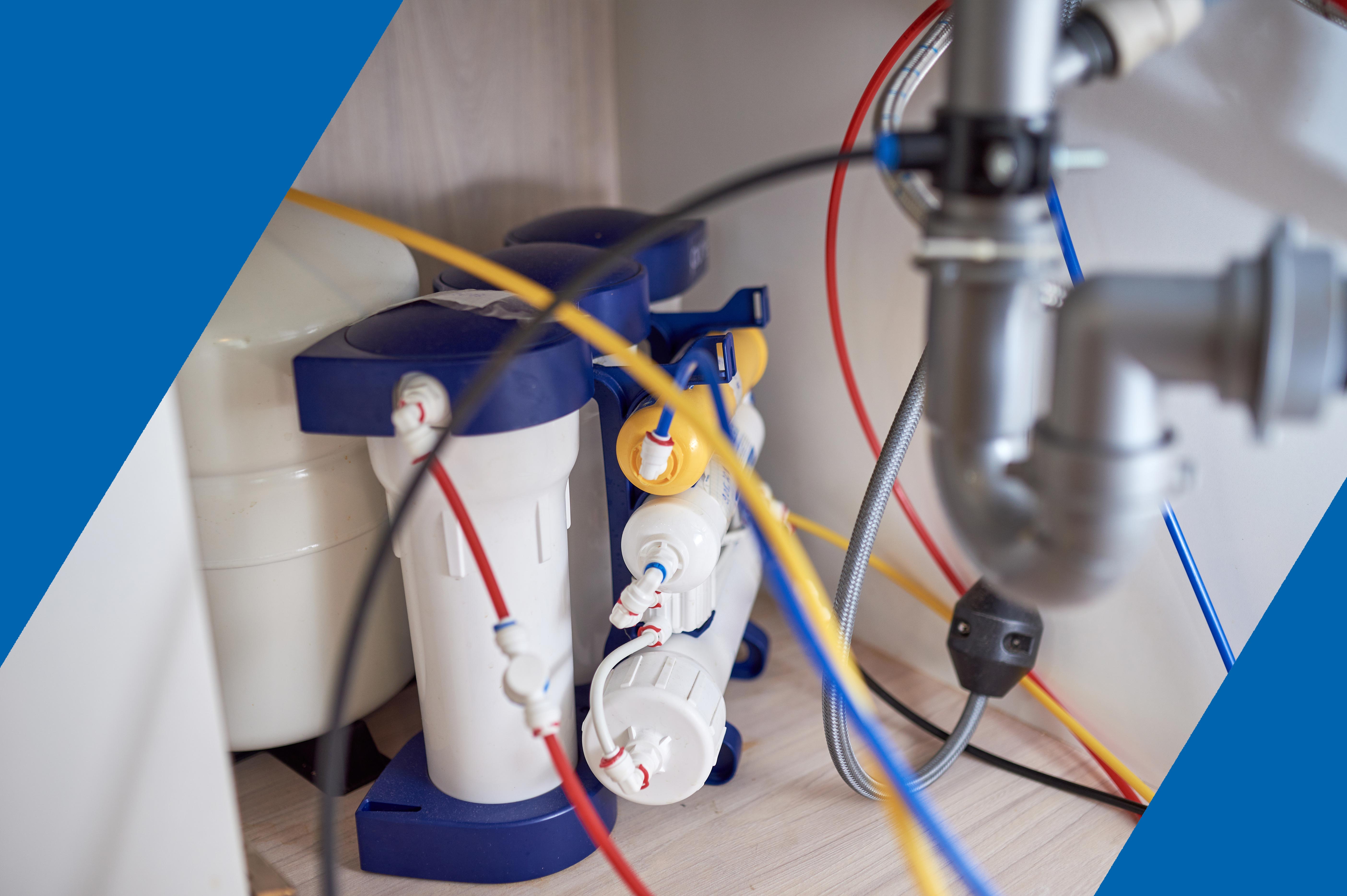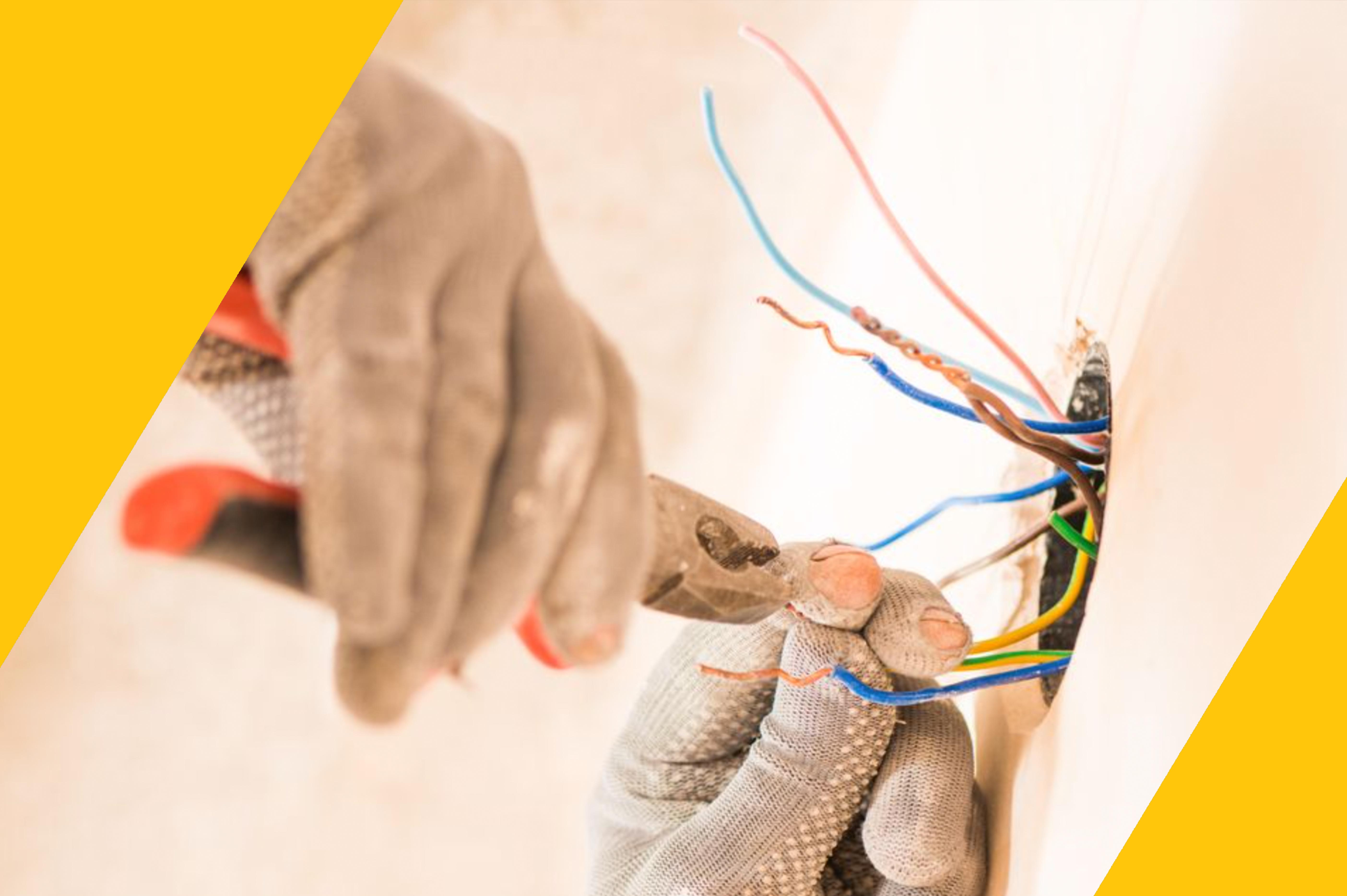
The Importance of Proper Ventilation
- Indoor air quality – One of the main benefits of proper ventilation is air quality. During the winter and summer, we shut up our homes to keep in as much of that conditioned air as possible. But this allows airborne contaminants like dust, insect droppings, pet dander and other allergens out, those things to get trapped inside and accumulate.
- Efficiency - While opening a window is one way to ventilate your home, it isn’t very efficient—especially in the middle of winter or summer. Proper ventilation allows your home to get fresh, clean air without sacrificing efficiency. In fact, keeping your attic properly ventilated can actually increase energy efficiency.
Heat Recovery Ventilators vs Energy Recovery Ventilators
Two of the most popular ventilation systems on the market heat recovery ventilators (HRV) and energy recovery ventilators (ERV). Here is how they work and how they are different.- HRV –With an HRV, your heating system will be able to pre-heat the incoming air and pre-cool the incoming air during the summer. It does this by passing the incoming and outgoing air through a heat exchanger. For example, during the winter your heating system will pull in cold air from outside and exhaust warm, stale air from inside through the HRV. The two air streams will not mix, but the hot, outgoing air will give off some of its heat to a heat exchanger. The cold, incoming air will pick up that heat and carry it back inside.
- ERV – An ERV does all of the things that an HRV does. The only difference is that it allows you to recapture some of the humidity that would be lost during normal furnace or air conditioning operation.

